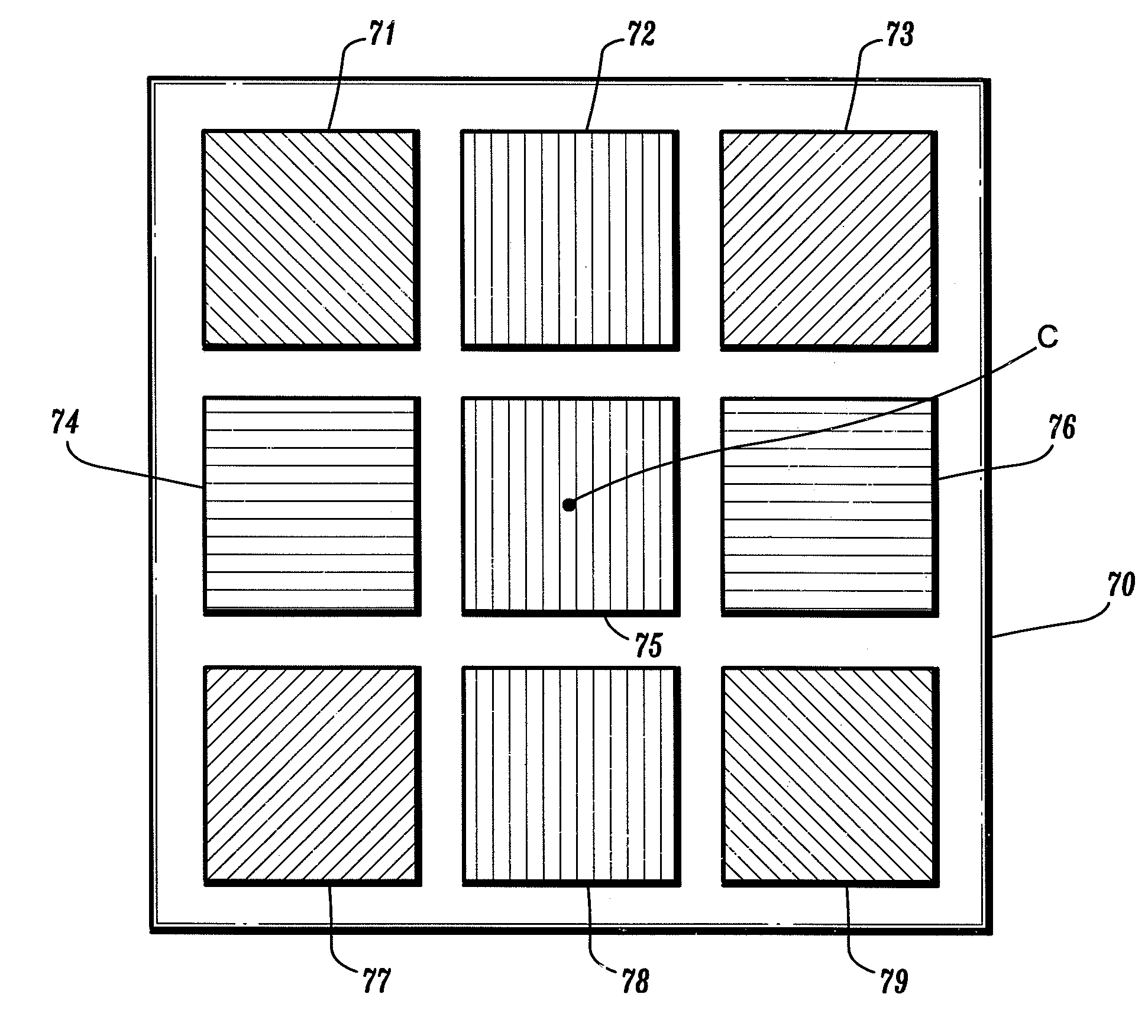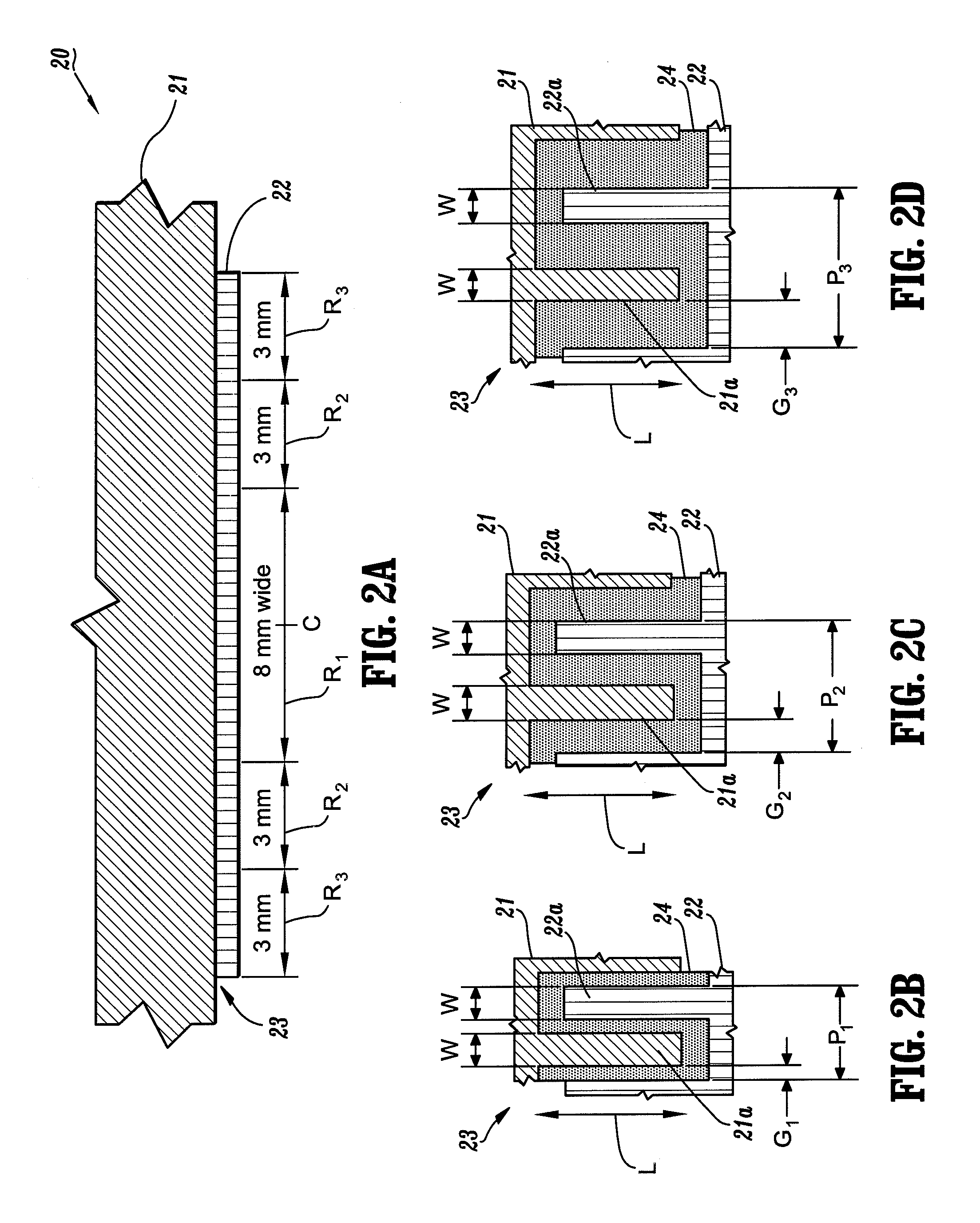Apparatus and methods for cooling semiconductor integrated circuit package structures
a technology of integrated circuit and package structure, which is applied in the direction of electrical apparatus, semiconductor devices, semiconductor/solid-state device details, etc., can solve the problems of increasing power density, limiting system performance, and unable to efficiently remove heat, so as to reduce thermal resistance, increase thermal conductivity, and high thermal conductivity
- Summary
- Abstract
- Description
- Claims
- Application Information
AI Technical Summary
Benefits of technology
Problems solved by technology
Method used
Image
Examples
Embodiment Construction
[0037]In general, exemplary embodiments of the invention include apparatus and methods for cooling semiconductor integrated circuit (IC) chip packages. More specifically, exemplary embodiments of the invention include apparatus and methods for thermally coupling a semiconductor chip directly to a heat conducting device, which is formed of a material having a high thermal conductivity (e.g., copper heat sink or package lid). Thermal coupling is achieved using a thermal joint that provides increased thermal conductivity (or reduced thermal resistance) of the thermal connection between the semiconductor chip and the heat conducting device, while minimizing or eliminating mechanical stress at the thermal joint caused by the relative displacement between the semiconductor chip and heat conducting device with temperature cycling due to differences in thermal expansion between the chip and heat conducting device over a wide temperature range. Moreover, exemplary embodiments of the inventio...
PUM
 Login to View More
Login to View More Abstract
Description
Claims
Application Information
 Login to View More
Login to View More - R&D
- Intellectual Property
- Life Sciences
- Materials
- Tech Scout
- Unparalleled Data Quality
- Higher Quality Content
- 60% Fewer Hallucinations
Browse by: Latest US Patents, China's latest patents, Technical Efficacy Thesaurus, Application Domain, Technology Topic, Popular Technical Reports.
© 2025 PatSnap. All rights reserved.Legal|Privacy policy|Modern Slavery Act Transparency Statement|Sitemap|About US| Contact US: help@patsnap.com



